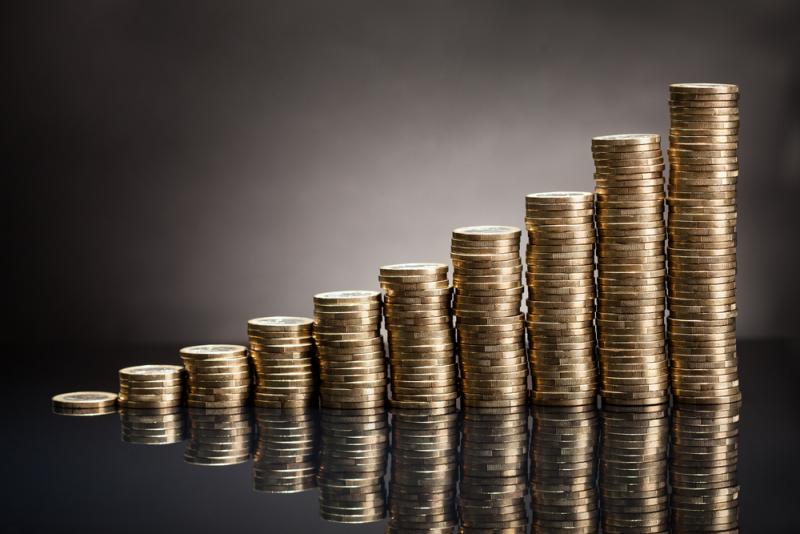
GDP (Gross Domestic Product) is an economic indicator which records the level of goods and services produced within any given nation’s economy. It is one of the most important economic indicators for a country, as it assists in recording the level of output within their economy, along with, in part, acting as a benchmark for living standards.
Broadly defined, GDP refers to the final market value of all goods and services within any given economy. GDP figures are usually released on a quarterly and yearly basis. Put simply, GDP aims to record the level of production within an economy.
Additionally, acting as an indicator for the level of economic wellbeing within a nation’s economy.
In measuring GDP, there are four components. These are:
Consumption (C): Consumption represents the value of all consumer spending within an economy. An example of C would involve the purchase of any Australian produced consumer item.
Investment (I): Investment expenditure represents the value of all the country’s investment spending. An example of this could involve an Australian business purchasing new capital equipment.
Government (G): Government expenditure refers to the value of the respective government’s spending, whilst not taking into account Welfare spending. An example of G could be the value of Government Infrastructure Spending.
Net Exports (NX): Net Exports relates to the overall value of a respective nation’s exports, whilst subtracting imports, which in isolation, acts as a burden on GDP. An example of NX would be the value of all Australian Iron Ore exports to China.
When measuring the improvement in a nation’s GDP, the GDP Growth Rate is often utilised. This involves comparing the current level of GDP to the preceding year, with the percentage difference being the growth rate.
Typically, Australia’s Goal of Sustainable Economic Growth is between 3-4%, not too high leading to inflationary pressures, nor not too low, leading to high unemployment and other recessionary factors.
As briefly mentioned before, GDP can also act as an indicator for the level of living standards within a nation’s economy.
Through using the GDP Per Capita metric, it can act as a more understandable indicator of living standards. This involves dividing the overall level of GDP within any given nation, by the population of that nation. Through this, it helps to indicate the share of the ‘economic pie’ so to speak, within a nation.
For example, Australia’s GDP Per Capita in 2014 was $37,828.25.
There are several ways to measure GDP, with some being better indicators than others. Firstly, Nominal GDP records the final market value of all goods and services within an economy at constant rates, at current levels of inflation.
In contrast to Real GDP, which measures the final value of all goods and services within an economy, however, adjusted for inflation. This is done by basing the prices of those goods and services within the GDP figure, by a base year.
Real GDP is usually considered the better indicator of economic growth, through its particular focus on measuring production.
Whereas Nominal GDP may over-exaggerate the growth rate if there are consistently higher levels of inflation within an economy.
Whilst GDP acts as the main indicator of economic growth and is often used to describe prosperity within an economy, critics say the metric isn’t perfect.
As an example, one of the criticisms is that it doesn’t take into account the value of the ‘Cash Economy’.
Moreover, another critique of GDP as a measure of economic wellbeing, is that it doesn’t account for ‘non-material’ aspects. Example’s being the crime rate, access to food and education, along with pollution associated with production.